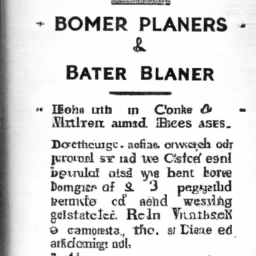Better Homes Lasagna Recipe 1953
Better Homes And Gardens Lasagna Recipe 1953
A Look at Better Homes And Gardens Lasagna Recipe from 1953
This article takes a look back at a classic lasagna recipe that first appeared in the original Better Homes and Gardens Cook Book from 1953. We'll explore the history of the dish, ingredients it might have called for, variations on the traditional recipe, its continued popularity, and more.
History of the Classic Lasagna Recipe
Lasagna has existed as a type of pasta dish for centuries. It was likely mentioned in Italy as early as the 14th century. The original recipe published in Better Homes and Gardens Cook Book, however, is an adaptation of the traditional Italian dish. It was called Creamed Lasagna, and it developed a loyal following throughout the United States.
Ingredients Used in the Creamed Lasagna Recipe
The original recipe published in the 1953 cookbook called for a number of ingredients that are still used in lasagna today, including ground beef, onions, garlic, canned tomatoes, tomato sauce, nooes, and two types of cheese. It likely contained the cream sauce that gave the dish its name.
Variations on the Traditional Recipe
Since 1953, lasagna recipes have evolved to include different types of cheeses, different meats, different sauces, and even vegetarian versions of the classic dish. It has also become popular in different parts of the world to a point where it can be considered a universal dish.
The Continued Popularity of Creamed Lasagna
Today, recipes inspired by the original Better Homes and Gardens lasagna are still enjoyed by families around the world. The dish continues to be a popular option for potlucks, dinner parties, and a quick and easy dinner option for busy families. It is relatively inexpensive to make, and can be customized with different ingredients.
Final Word
The original Better Homes and Gardens lasagna recipe from 1953 continues to influence lasagna recipes today. The traditional ingredients and flavors can be enjoyed as they are, while also providing the base for new interpretations of this classic dish.

Previous Page
Next Page
